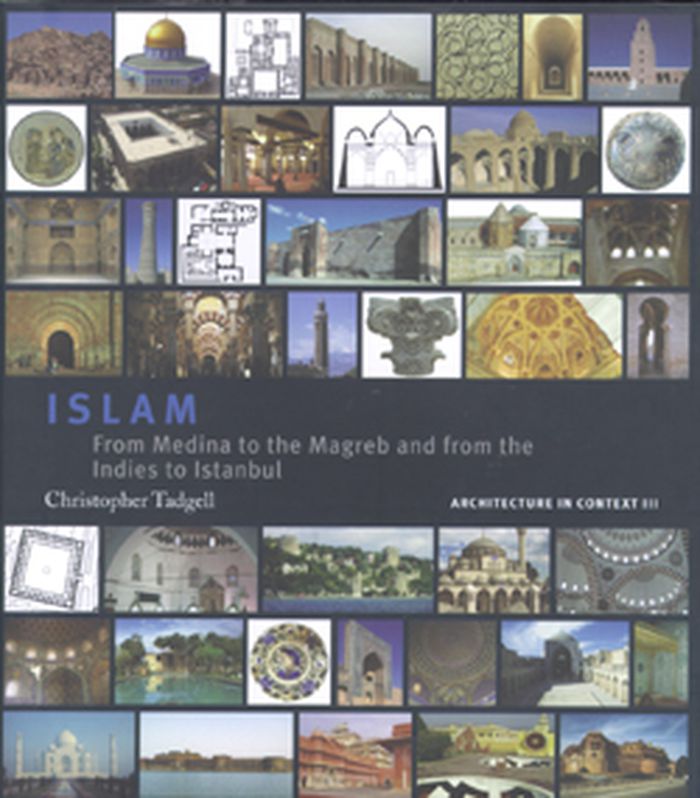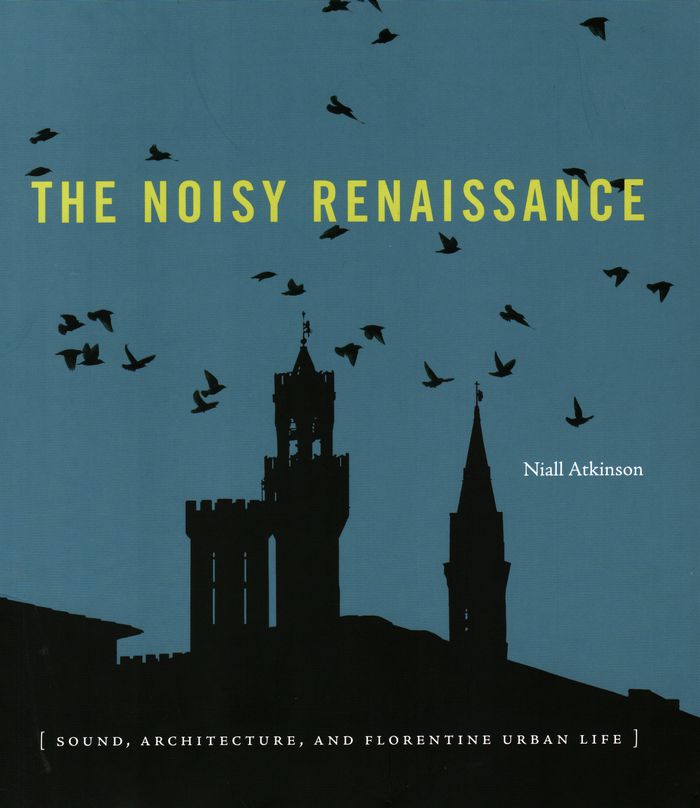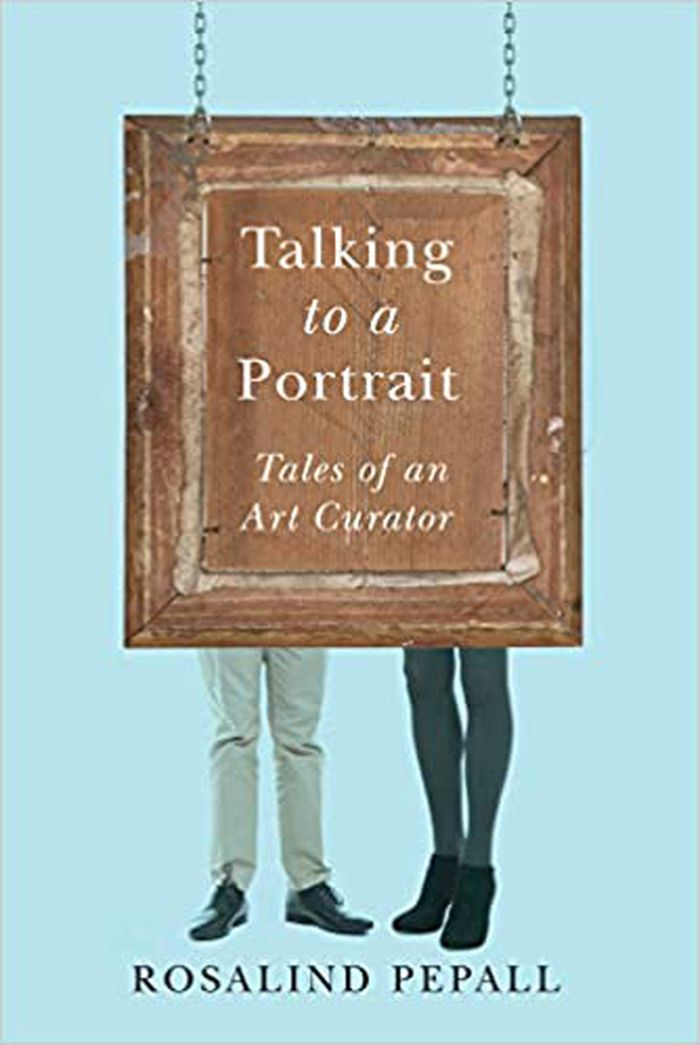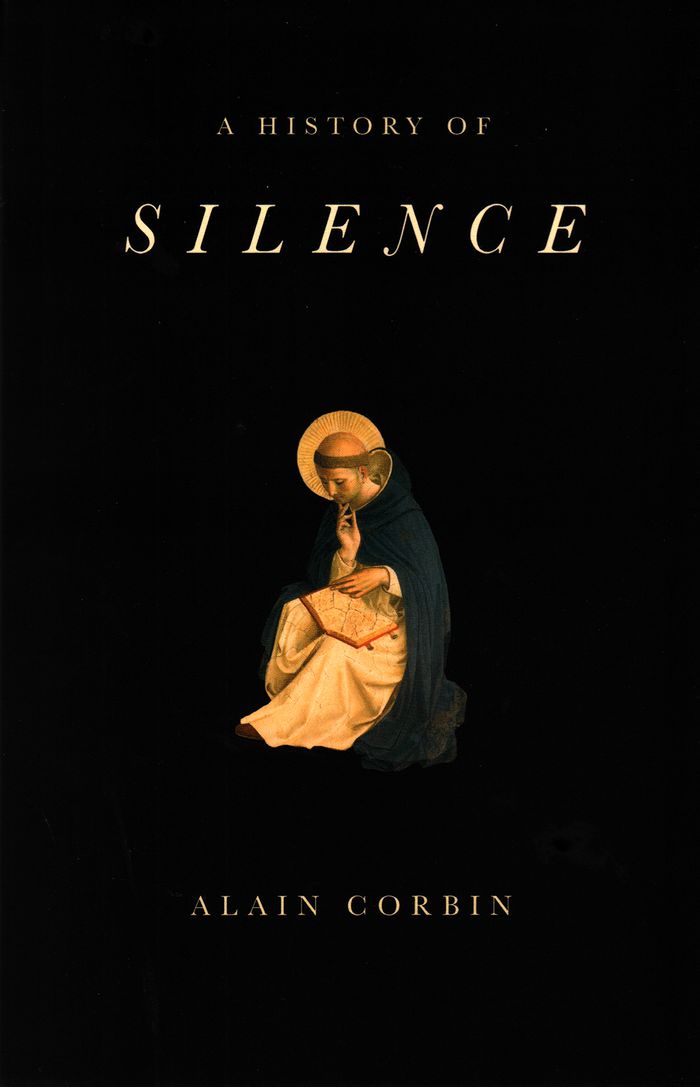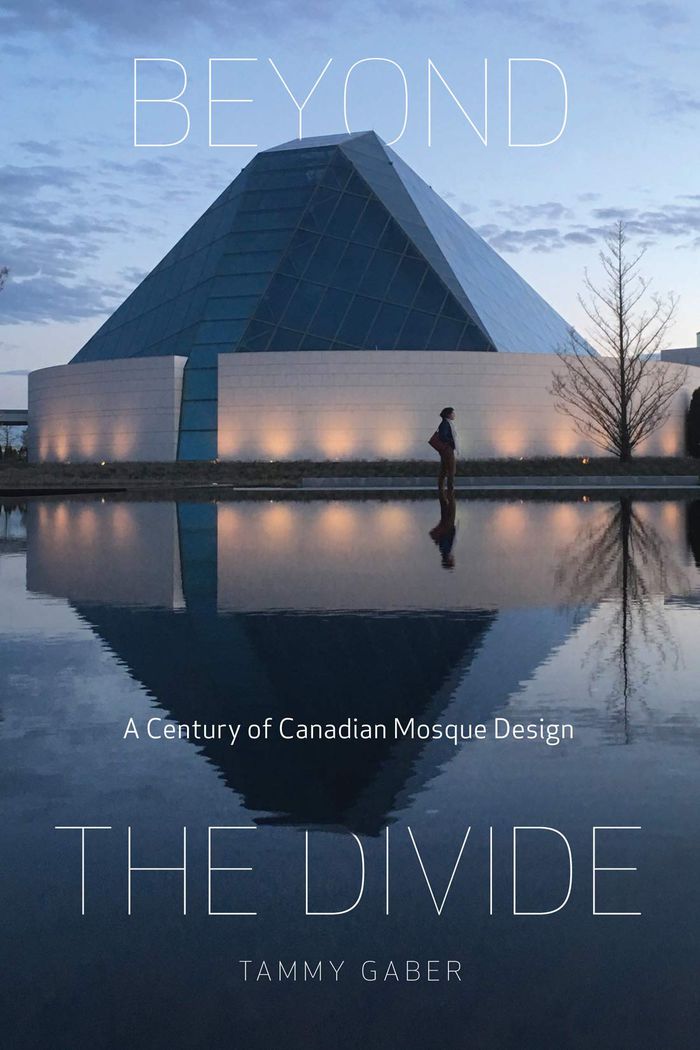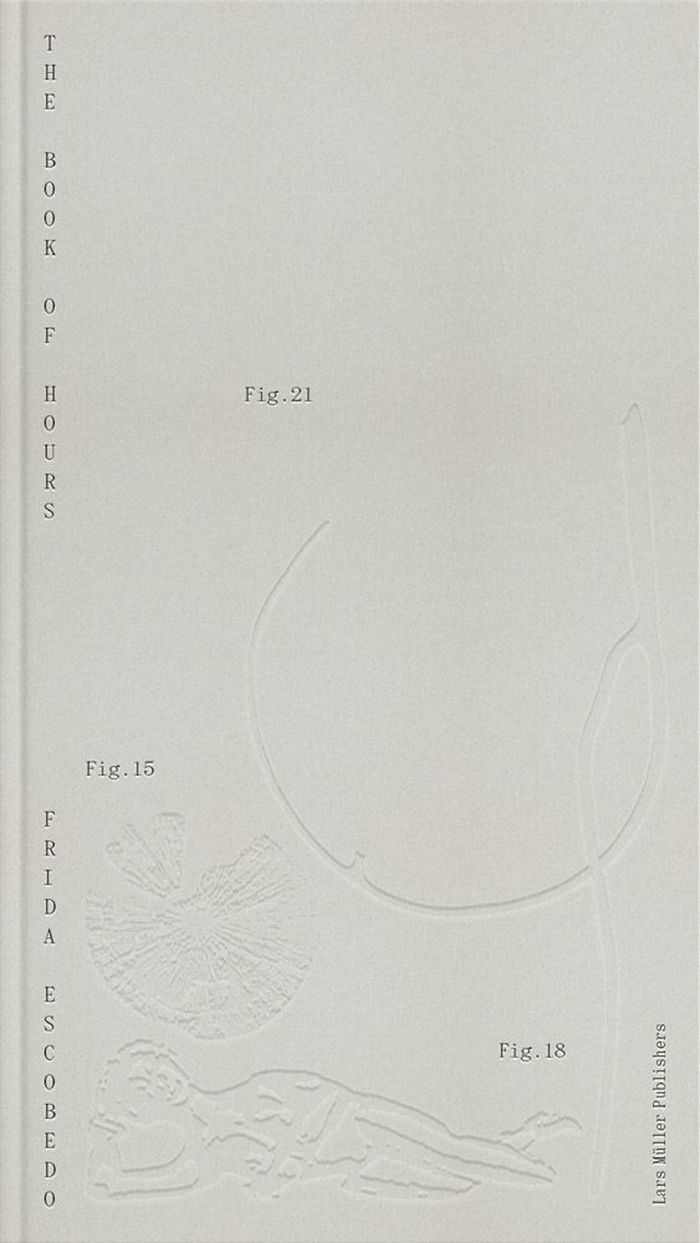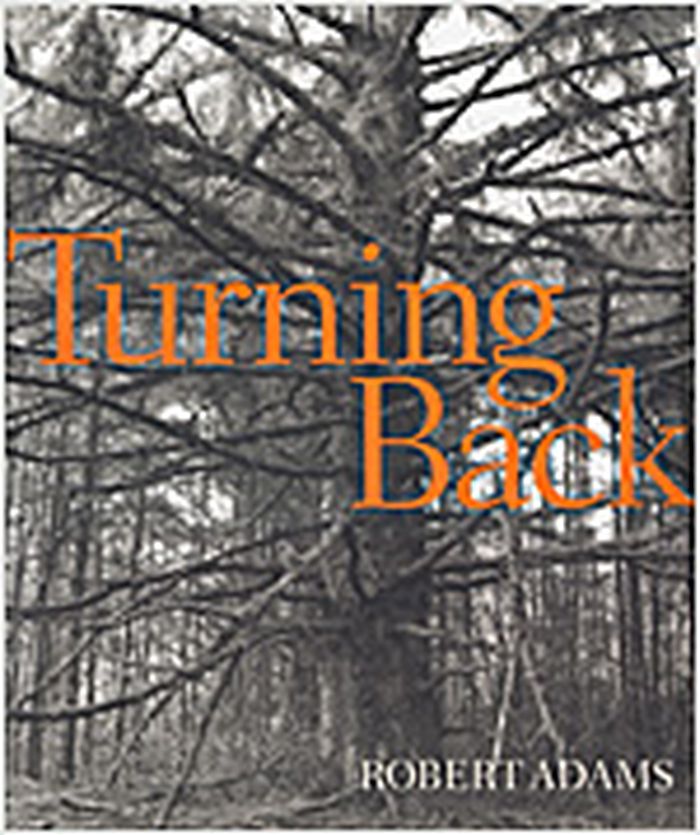$126.96
(available to order)
Summary:
This book examines the architectural tradition which developed with the religious culture of Islam. Essentially heir to the Roman development of space, it had its source in the ubiquitous courtyard house, while the development of the mosque as both place of worship and the centre of the community, it forms a response to the requirements of prayer set out in the Koran, was(...)
Islam from the Medina to the Magreb and from the Indies to Istanbul
Actions:
Price:
$126.96
(available to order)
Summary:
This book examines the architectural tradition which developed with the religious culture of Islam. Essentially heir to the Roman development of space, it had its source in the ubiquitous courtyard house, while the development of the mosque as both place of worship and the centre of the community, it forms a response to the requirements of prayer set out in the Koran, was given a range of forms as the conquests of Islam came up against the traditions of Egypt, Persia, India and China. The tradition developed further in tombs, palaces and fortifications, all of which are described and illustrated here. The architecture of "Islam" encompasses a high proportion of the world's most beautiful buildings. This book covers the whole range in unprecedented breadth and depth.
History until 1900, Asia
books
Description:
373 pages : illustrations (some color) ; 24 cm
Cambridge, Mass. : MIT Press, 2004.
Eating architecture / edited by Jamie Horwitz and Paulette Singley.
Actions:
Holdings:
Description:
373 pages : illustrations (some color) ; 24 cm
books
Cambridge, Mass. : MIT Press, 2004.
$59.95
(available to order)
Summary:
From the strictly regimented church bells to the freewheeling chatter of civic life, Renaissance Florence was a city built not just of stone but of sound as well. An evocative alternative to the dominant visual understanding of urban spaces, The Noisy Renaissance examines the premodern city as an acoustic phenomenon in which citizens used sound to navigate space and(...)
The noisy Renaissance: sound, architecture and Florentine urban life
Actions:
Price:
$59.95
(available to order)
Summary:
From the strictly regimented church bells to the freewheeling chatter of civic life, Renaissance Florence was a city built not just of stone but of sound as well. An evocative alternative to the dominant visual understanding of urban spaces, The Noisy Renaissance examines the premodern city as an acoustic phenomenon in which citizens used sound to navigate space and society. Analyzing a range of documentary and literary evidence, art and architectural historian Niall Atkinson creates an “acoustic topography” of Florence. The dissemination of official messages, the rhythm of prayer, and the murmur of rumor and gossip combined to form a soundscape that became a foundation in the creation and maintenance of the urban community just as much as the city’s physical buildings. Sound in this space triggered a wide variety of social behaviors and spatial relations: hierarchical, personal, communal, political, domestic, sexual, spiritual, and religious.
History until 1900, Renaissance
$22.95
(available in store)
Summary:
Behind the scenes at the world's major art museums, the life of a curator can be thrilling, amusing, disappointing--but never boring. In these fifteen essays we encounter artists falling in and out of love, family tragedies, the creation of the Stanley Cup, the secrets of Tiffany, Antiques Roadshow, a rootless baroness, the design craze for aluminum, small Japanese(...)
Talking to a portrait: tales from an art curator
Actions:
Price:
$22.95
(available in store)
Summary:
Behind the scenes at the world's major art museums, the life of a curator can be thrilling, amusing, disappointing--but never boring. In these fifteen essays we encounter artists falling in and out of love, family tragedies, the creation of the Stanley Cup, the secrets of Tiffany, Antiques Roadshow, a rootless baroness, the design craze for aluminum, small Japanese boxes called kogos, watercolour sketchbooks of the Canadian north, a beautiful prayer room in Montreal, gondolas flying through windows in Venice, and Moscovites who love Goldfinger. Pepall's stories sparkle with clarity and leave one with a sense that art is an amazing, worthwhile, occasionally mysterious human activity. Archival black and white photographs and colour plates--including Edwin Holgate's Ludivine, one of the most beloved and recognizable Canadian portraits ever painted--make this book a must-have for art lovers, students, academics, museum-goers and readers interested in the role art plays in the creation of our lives.
Literature and poetry
$23.95
(available to order)
Summary:
Silence is not simply the absence of noise. It is within us, in that inner citadel which great writers, thinkers, scholars and people of faith have cultivated over the centuries. Today, when noise is everywhere, distinguished historian Alain Corbin goes back to a time when speech was rare and precious.Silence, prerequisite for contemplation, reverie and prayer, is that(...)
A history of silence: from the Renaissance to the present day
Actions:
Price:
$23.95
(available to order)
Summary:
Silence is not simply the absence of noise. It is within us, in that inner citadel which great writers, thinkers, scholars and people of faith have cultivated over the centuries. Today, when noise is everywhere, distinguished historian Alain Corbin goes back to a time when speech was rare and precious.Silence, prerequisite for contemplation, reverie and prayer, is that private space out of which speech emerges. It characterises our most intimate and sacred spaces, from private bedrooms to grand cathedrals – those vast reservoirs of silence. Philosophers and novelists have long sought solitude and inspiration in mountains and forests. Yet despite the centrality of silence to some of our most intense experiences, the transformations of the twentieth century have gradually diminished its value. Today, raucous urban spaces and a continual bombardment from different media pressure us into constant activity. We are losing a sense of our inner selves, a process which is changing the very nature of the individual.
Critical Theory
$63.00
(available to order)
Summary:
A mother stitches a few lines of prayer into a bedcover for her son serving in the Union army during the Civil War. A formerly enslaved African American woman creates a quilt populated by Biblical figures alongside celestial events. A quilted Lady Liberty, George Washington and Abraham Lincoln mark the resignation of Richard Nixon. These are just a few of the diverse and(...)
June 2021
Fabric of a Nation: American quilt stories
Actions:
Price:
$63.00
(available to order)
Summary:
A mother stitches a few lines of prayer into a bedcover for her son serving in the Union army during the Civil War. A formerly enslaved African American woman creates a quilt populated by Biblical figures alongside celestial events. A quilted Lady Liberty, George Washington and Abraham Lincoln mark the resignation of Richard Nixon. These are just a few of the diverse and sometimes hidden stories of the American experience told by quilts and bedcovers from the collection of the Museum of Fine Arts, Boston. Spanning more than 400 years, the 58 works of textile art in this book express the personal narratives of their makers and owners and connect to broader stories of global trade, immigration, industry, marginalization, and territorial and cultural expansion. Made by Americans of European, African, Native and Hispanic heritage, these quilts and bedcovers range from family heirlooms to acts of political protest, each with its own story to tell.
$95.00
(available to order)
Summary:
Canada’s first mosque, the Al Rashid mosque in Edmonton, was built in 1938. In the years since, as Canada’s Muslim population has grown, close to two hundred mosques, Islamic centres, prayer spaces, and jamatkhanas have been built across the country. ''Beyond the divide'' explores the mosques of Canada in their diversity, beauty, practicality, and versatility. From east(...)
Beyond the divide: A century of Canadian mosque design
Actions:
Price:
$95.00
(available to order)
Summary:
Canada’s first mosque, the Al Rashid mosque in Edmonton, was built in 1938. In the years since, as Canada’s Muslim population has grown, close to two hundred mosques, Islamic centres, prayer spaces, and jamatkhanas have been built across the country. ''Beyond the divide'' explores the mosques of Canada in their diversity, beauty, practicality, and versatility. From east to west and to the north, Tammy Gaber visits ninety mosques in more than fifty cities, including Canada’s most northern places of worship in Nunavut and the Northwest Territories. For nearly a century Muslims have made mosques in a variety of spaces, from converted shops and vacated churches to large, purpose-built complexes. Drawing on site photographs, architectural drawings, and interviews, Gaber explores the extraordinary diversity in how these spaces have been designed, built, and used – as places not only of worship, but of community gathering, education, charitable work, and civic engagement. Throughout, ''Beyond the divide'' provides a groundbreaking analysis of gendered space in Canadian mosques, how these spaces are designed and reinforced, and how these divides shape community experience.
Architecture in Canada
$69.60
(available in store)
Summary:
Perhaps as ubiquitous as smartphones today, the books of hours were a private necessity in Europe during the Middle Ages. These manuscripts contained collections of texts that were meaningful to each owner, as well as an organized method of structuring the day around prayer by marking the passing of the canonical hours. Although highly personalized, with intricate(...)
December 2023
Frida Escobedo: The book of hours
Actions:
Price:
$69.60
(available in store)
Summary:
Perhaps as ubiquitous as smartphones today, the books of hours were a private necessity in Europe during the Middle Ages. These manuscripts contained collections of texts that were meaningful to each owner, as well as an organized method of structuring the day around prayer by marking the passing of the canonical hours. Although highly personalized, with intricate miniatures and illuminations, all books of hours contained sections to be recited at regular intervals throughout the twenty-four hours of the day. In them, the public and the private timescales converged, crystallized into a material, perdurable form not devoid of beauty. "The book of hours" by Frida Escobedo is a modern exegesis of this extinct devotional practice: a project in which twenty-four objects were photographed at different intervals of time to capture their evolution, making a new calendar of matter and light. As humanity has transitioned to a secular understanding of time in which hours are organized and conceived in terms of productivity, The Book of Hours interrogates the place of contemplation in our era, its possibility and necessity. Through this book—a public display of a private collection of objects—readers are invited to contemplate these arrays of matter and experience the ways in which they once interacted with light, that burning needle in time’s template.
books
Atomic postcards : radioactive messages from the Cold War / by John O'Brian and Jeremy Borsos.
Description:
188 pages : illustrations (chiefly color) ; 23 cm
Bristol, UK ; Chicago, IL : Intellect, 2011, ©2011.
Atomic postcards : radioactive messages from the Cold War / by John O'Brian and Jeremy Borsos.
Actions:
Holdings:
Description:
188 pages : illustrations (chiefly color) ; 23 cm
books
Bristol, UK ; Chicago, IL : Intellect, 2011, ©2011.
Robert Adams : turning back
$56.95
(available to order)
Summary:
"Turning back: a photographic journal of re-exploration" is published to coincide with the bicentennial of the Lewis and Clark expedition. The narrative begins at the Pacific ocean and moves eastward through what was formerly one of the world’s great rain forests. Photographs at the center of the book report on the forest’s destruction. Elsewhere they trace a search for(...)
Robert Adams : turning back
Actions:
Price:
$56.95
(available to order)
Summary:
"Turning back: a photographic journal of re-exploration" is published to coincide with the bicentennial of the Lewis and Clark expedition. The narrative begins at the Pacific ocean and moves eastward through what was formerly one of the world’s great rain forests. Photographs at the center of the book report on the forest’s destruction. Elsewhere they trace a search for hope. Two hundred years ago, Lewis and Clark reported finding in the American Northwest a vast forest of ancient evergreens. In "Turning back", Robert Adams looks again at the region’s trees, discovering evidence both of America’s failure and of a continuing promise. President Jefferson’s primary charge to Lewis and Clark was to prepare the way for American commerce. Today, historians still speculate about why, upon his return, Lewis lapsed into depression and apparently committed suicide. "Going east," Adams suggests, "was more difficult than going west." So then, what is the future? "Turning back" documents two kinds of predictive evidence. On the one hand we observe the results of greed so unrestrained that they are indistinguishable from those of nihilism. On the other we see what still lives, whether by our design or neglect, or Providence; in these 164 pictures the tone is celebratory, as in a prayer book. From coastal landscapes populated with tourists to timber clear-cutting and small family farms in eastern Oregon, here we reflect on what was lost, what is retained, and what we value both regionally and as a people with a common history.
Photography monographs
